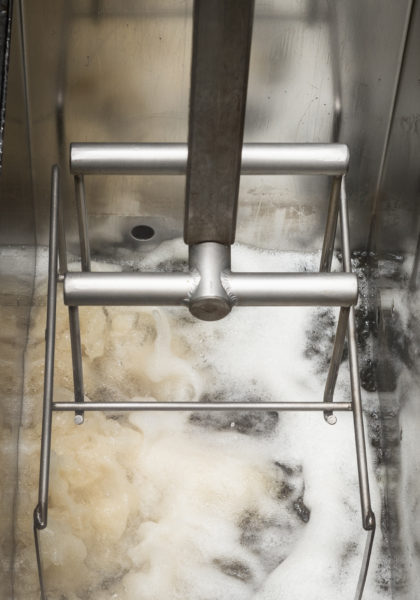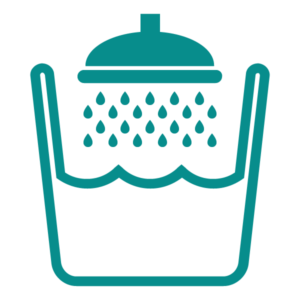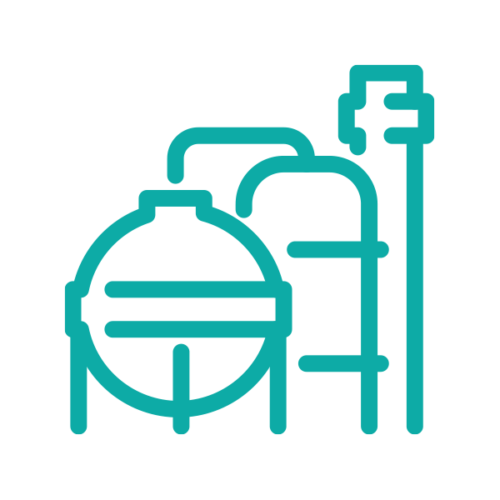Contamination, surface defects and hard-to-wet surfaces cause many problems in paints and coatings. Unsightly effects are just some of the problems formulators face. To address these defects, a surfactant is added.
Surfactants decrease a coating’s surface tension to allow better leveling, wetting and spreading – especially on unclean surfaces; the lower the surface tension, the more effectively a coating wets, levels and spreads.
Many industrial and commercial coatings, including paints, resins, adhesives, inks, clearcoats and floor coverings benefit from the addition of a surfactant.
Fluorosurfactants:
- Dramatically lower surface tension
- Help paints and coatings overcome surface contamination
- Are effective in both aqueous and solvent-based systems
Improved wetting
Fluorosurfactants aid in the wetting of a coating applied to a variety of materials, including hard-to-wet surfaces such as plastics and oily metals. They can even help overcome contamination from roller grease, condensation drip, dust, gel particles or silicones. Lowering surface tension during application helps to prevent surface defects, including cratering, picture framing, fish eyes and de-wetting.
Better leveling
Fluorosurfactants improve leveling by reducing or even eliminating gradients during the coating dry down phase-resulting in a smoother, more uniform surface. Fluorosurfactants control surface tension throughout the entire drying or curing phase. Maintaining low surface tension throughout this process creates smoother, higher gloss coatings.





 Precision Cleaning
Precision Cleaning











